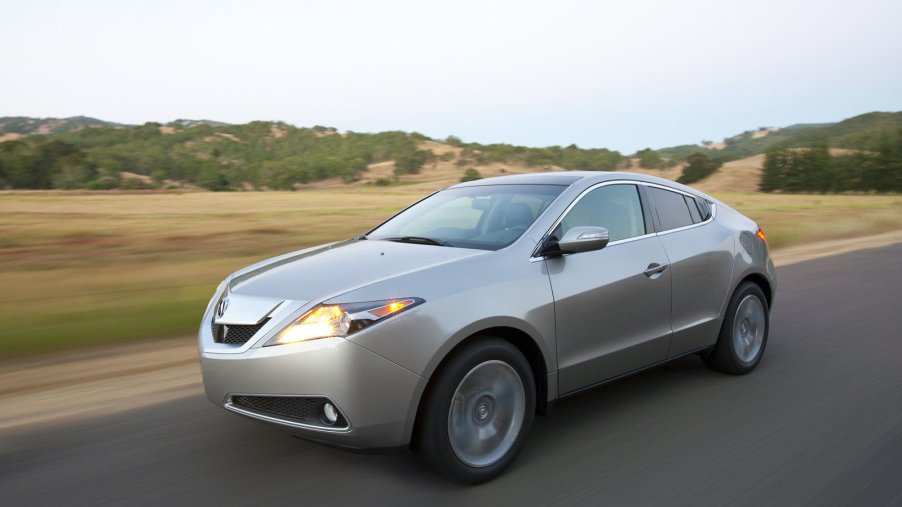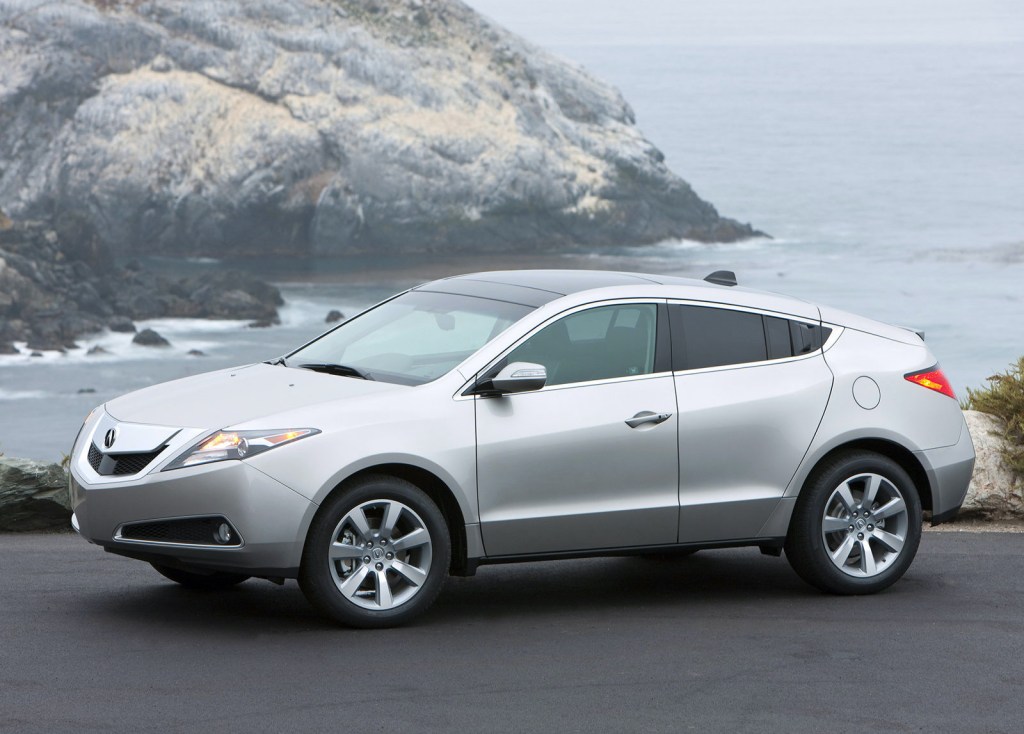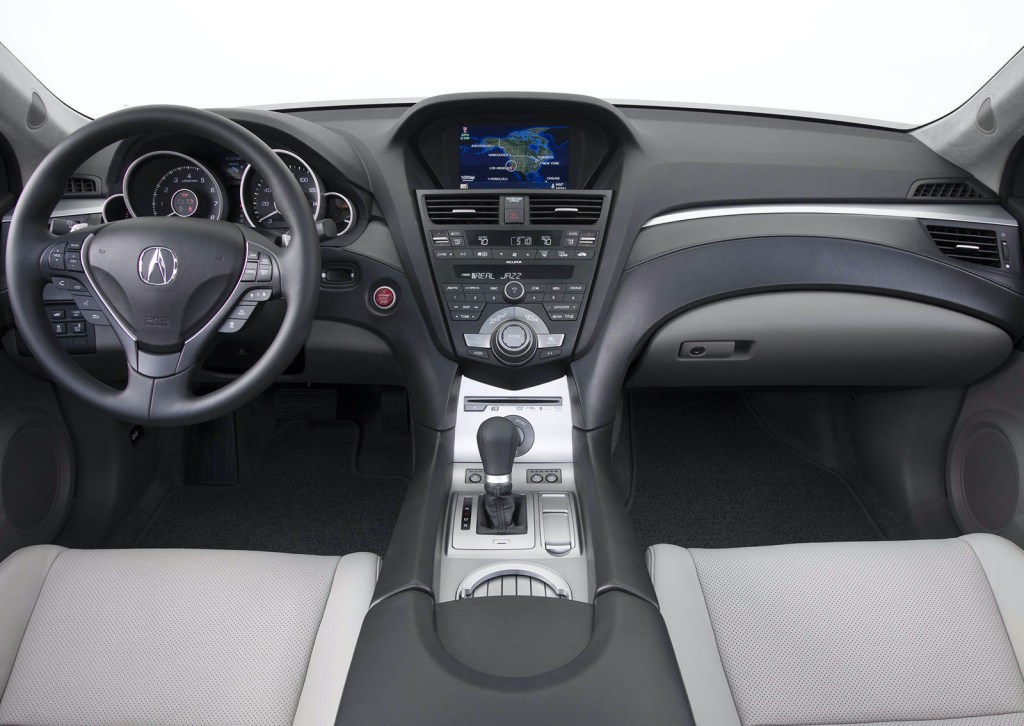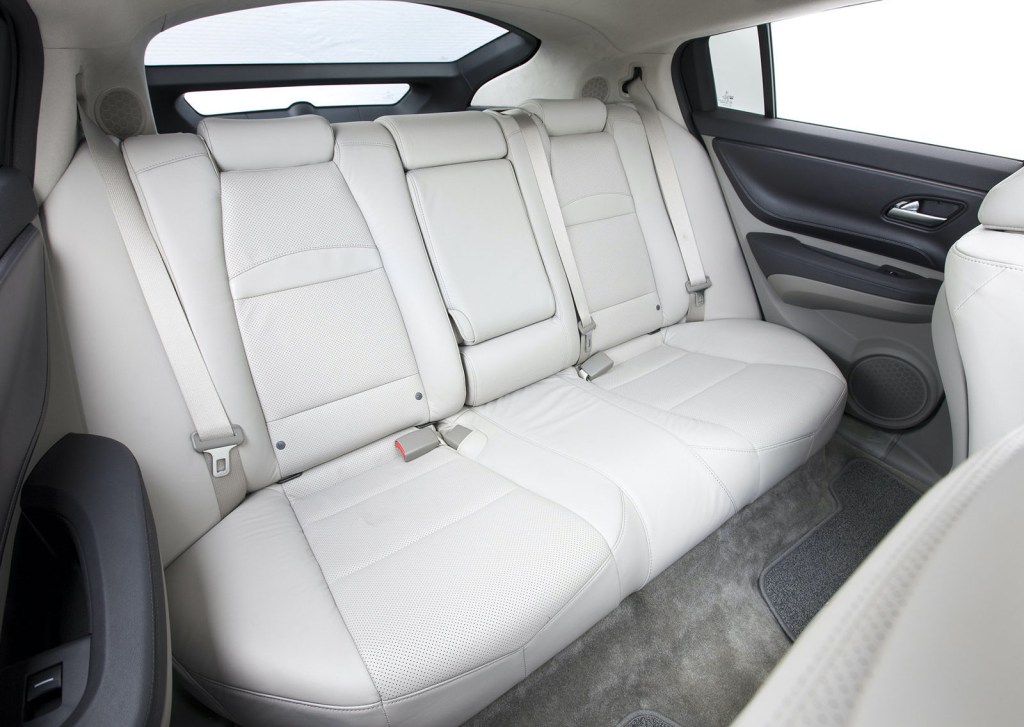
This Is Why the Acura ZDX Failed
Creating a niche vehicle is a gamble for any automaker. They spend countless hours of research and development coming up with the design and all of the backend engineering for the car, only to then spend a lot more money actually producing it. The gamble comes when the model is finally released to the public, who will either love or hate it. Such was the case for the Acura ZDX, which was a niche vehicle that didn’t do very well, and here is why.
It (kind of) filled a void
The Acura ZDX first appeared at the 2009 New York International Auto Show as a 2010 model. It was designed by Michelle Christensen – the same lead designer that penned the second-generation Acura NSX – who called it a “four-door luxury sports coupe.”
She was definitely accurate in her description as the ZDX looked like a hodge-podge of all the cars in the Acura line up at the time. However, it was most closely related to the MDX, utilizing the same powertrain and tech features, but without the handiness of a third row.
In fact, the ZDX’s second row wasn’t too useful either, as the sloping rear roofline cut off a lot of headroom, and getting in and out of it proved to be tough for taller people.
Ultimately, while the ZDX did technically contend with the likes of the BMW X6, it seemed like it was trying to fill a void in the luxury two-row SUV segment that never really existed.

It was sporty
Whether it filled a void in the segment or not, the Acura ZDX sure was interesting to look at and it was quite the performer as well.
Under the hood, it utilized a 3.7-liter V6 engine that produced 300 horsepower and 270 lb-ft of torque, which was mated to a six-speed automatic transmission. This combination was able to get the SUV up to 60 mph in about 6.8 seconds.
It wasn’t super quick, but it wasn’t slow either, although, all-out speed wasn’t what the ZDX was made for. The main highlight was that it used the brand’s Super Handling All-Wheel-Drive system, which routed power to all four wheels and could vector torque between the wheels when needed.
This aided in the ZDX’s athletic prowess by giving it more traction off the line and in light off-road driving. It was an SUV, after all.

It looked sporty
Performance aside, it’s sport coupe look was defined by the sharp character sidelines and sloping roofline. The hidden rear door handles helped as well.
Although those features made the car look sporty, they didn’t do much when it came to practicality. The rear seat room was tight, as it actually measured 3 cubic feet smaller than the rear seat in the more-compact TSX at the time and the cargo space was small for its size, measuring in at 27 cu-ft with the seats up and 57 cu-ft with the rear seats down.
As mentioned before, it was tough to get in and out of and the bulky D-pillars that made up the car’s athletic stance and rear-end on the outside created a large blind spot for the driver on the inside.
One other impractical trait came from the ZDX’s tow rating, which was a maximum of 1,500 pounds. That might be good enough for a small trailer, however, anyone expecting that an SUV of this size and strength could tow more would be sadly disappointed.

It just didn’t hit the mark
Ultimately, the Acura ZDX just didn’t hit the sales target that Acura was hoping for. It was a stout performer that looked unique and was safe, as it was also equipped with numerous driver-assist features and even earned five-star safety ratings from NHTSA.
However, it wasn’t enough to win over the public, who preferred the more practical three-row MDX. In its final year of production, only 642 ZDX’s were sold, which down considerably compared to the 1,220 units that were sold the previous year.
In 2013, the Acura ZDX was discontinued.



